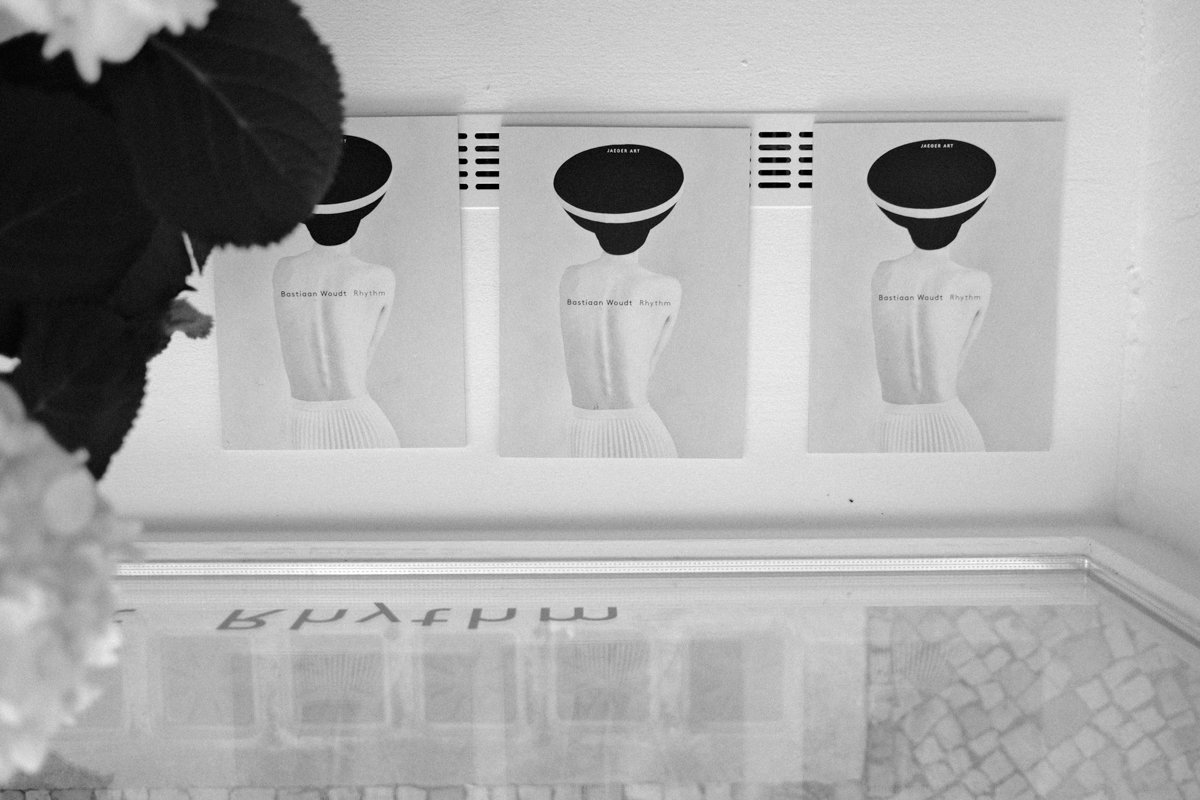
Maximum Minimalism by Matthias Harder
Matthias Harder, Director of the Helmut Newton Foundation, has written the introduction, providing his perspective on my work and how it fits into the broader context of contemporary photography. His text offers a thoughtful interpretation of the influences and techniques behind my minimalistic style.